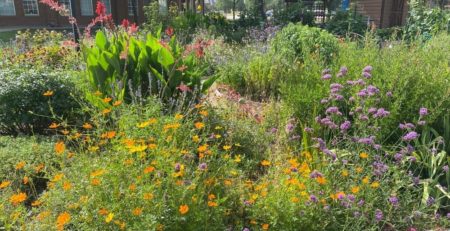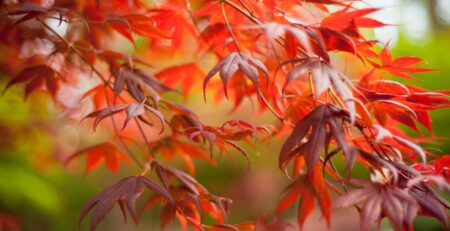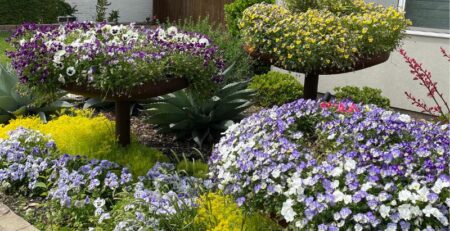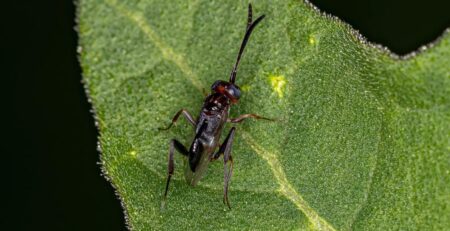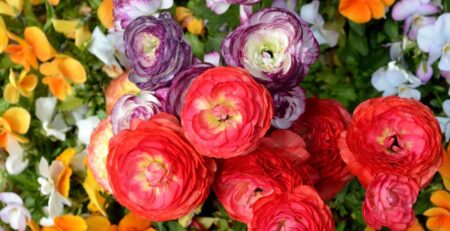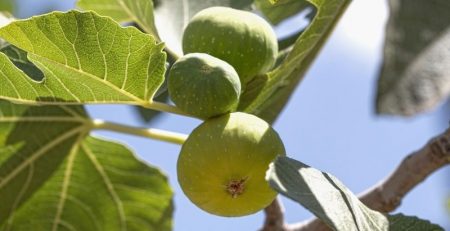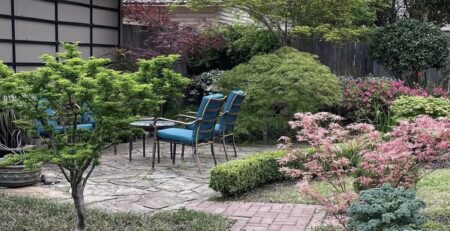Made In the Shade
Location, location, location! No, I’m not referring to the value of your home. I am referring to the fact that it is quite likely that you have at least one area of your garden, patio, or balcony where your shade plants struggle. That might be due to large trees, other houses and buildings, or just the placement of your house. Don’t despair—there are solutions.
First, let’s define some terms. If your plant label indicates “sun”, then your plant should have at least six hours of sun available each day. For “part shade”, your plants should probably be able to tolerate 3 to 6 hours of morning sun. Those plants listed as “shade”, should be able to tolerate up to 3 hours of morning sun.
Of course, there are variations among plants, and you should always observe how your plants react to the sun and shade. Just remember that morning sun is always tolerated better than afternoon sun in the Dallas-Fort Worth metroplex.
It is preferable to establish your plants before the extreme heat of the summer. Now is the time to make your plans and plant those new beauties. It is always a good practice to search for regional information about your new plants.
Remember that a plant labeled for “full sun” in Iowa is generally not happy in our full sun. There are many great resources of information on the internet, and one of my favorites is the Lady Bird Wildflower Center website. Other sources include local nurseries, longtime gardeners, and PlantTAGG®.
Another important aspect of your part-shade garden that must not be overlooked is mulching. Most plants benefit from a layer of mulch. It will help prevent weeds, maintain a constant soil temperature, and cut down on the frequency of watering.
The amount of sun an area receives can be affected by seasonal shade. This can be the result of large, deciduous trees which provide deep shade during the months in which they are fully leafed. Planning a garden during the winter months without taking into consideration seasonal shade can lead to despair.
If your garden is shaded during the morning, but in full sun in the afternoon, it must be considered a sunny area. Generally, those plants listed as ”part shade” can only tolerate some morning sun. The afternoon sun in the metroplex is just too intense.
Once you have determined the number of hours of morning sun your garden receives, you can successfully plan and maintain your shade garden. The basic rules for determining shade gardens are:
Dense shade – no sun
Shade – less than 3 hours of morning sun
Part Shade – 3 to 6 hours of morning sun
There are grades of sun and shade tolerance for various plants. If you determine that your plant is not responding well, then it may be time to move it to a new location.
Space in this article is limited, so rather than discuss each plant, I have included a pdf of a recent presentation. This listing is by no means all-inclusive. It includes a few plants that may be new to you as well as a few old standards. I hope you will take time to scroll through the pictures and descriptions of a few plants that are truly “made in the shade”.
Happy gardening in the shade!

Roseann Ferguson (class of 2008) has volunteered at the Texas Discovery Gardens greenhouse for fifteen years. She loves every aspect of plant propagation and eagerly shares that knowledge. Roseann enjoys butterfly gardening, photography, and is an avid succulent collector. Visit Roseann in the greenhouse where she says “the magic happens”.


